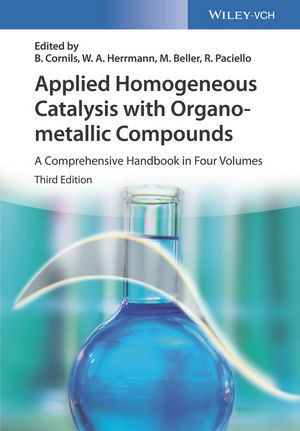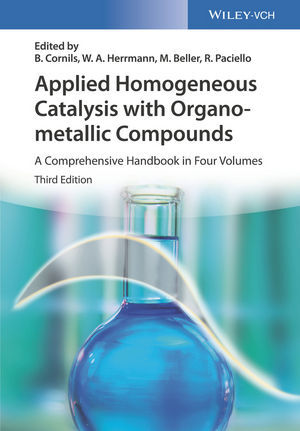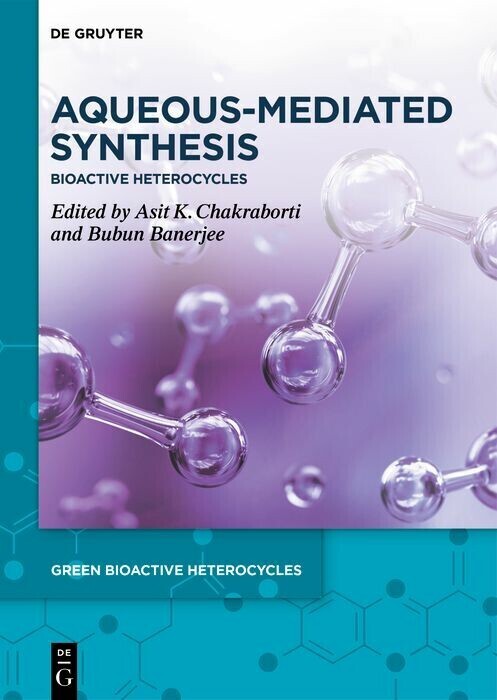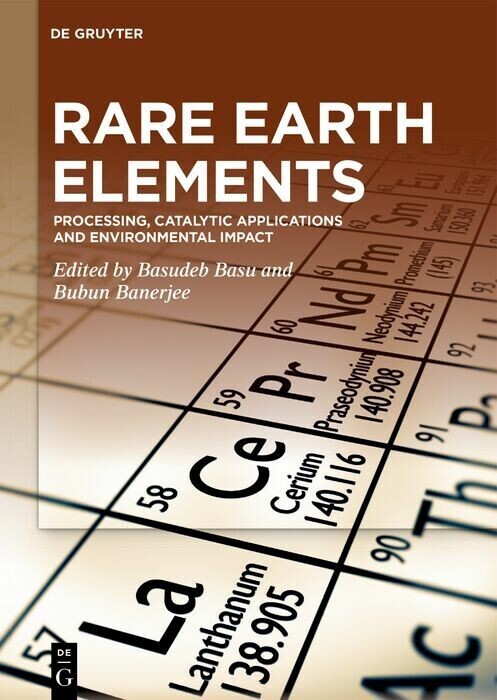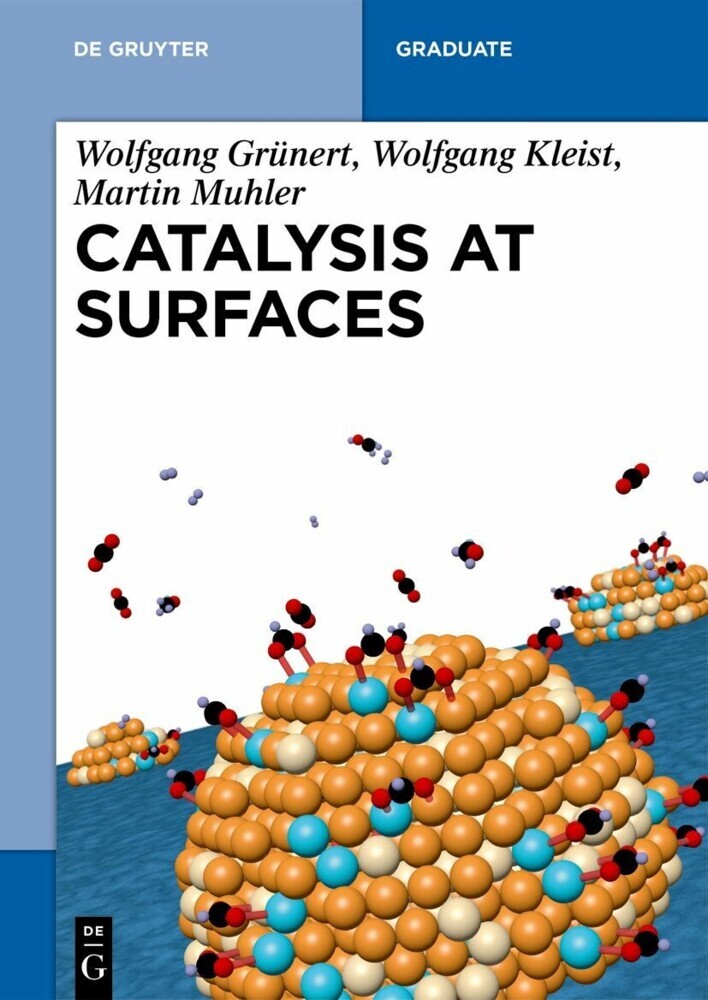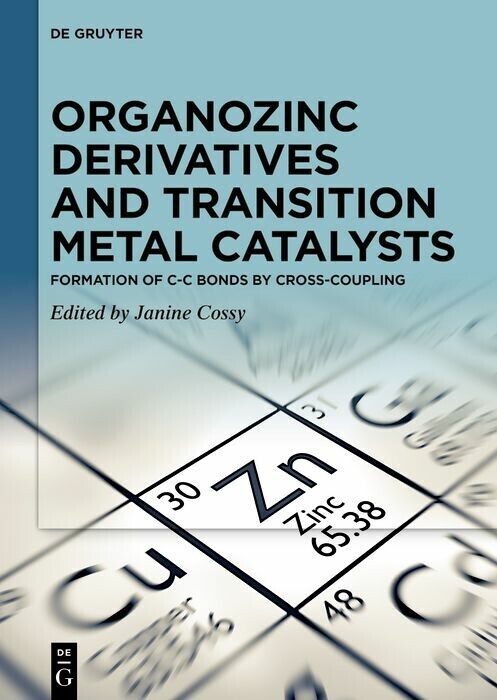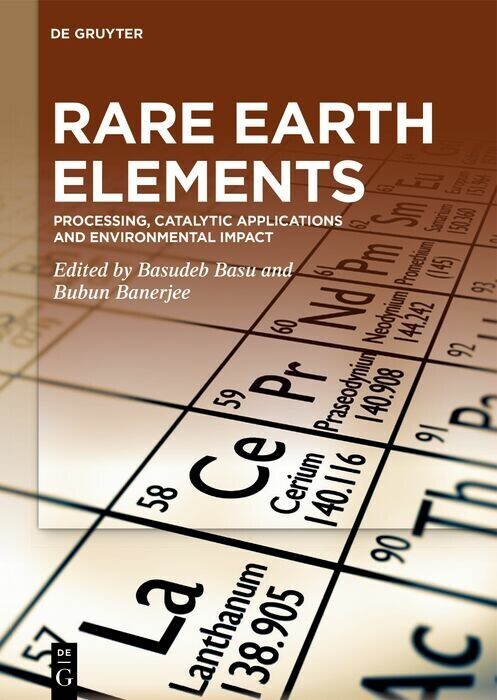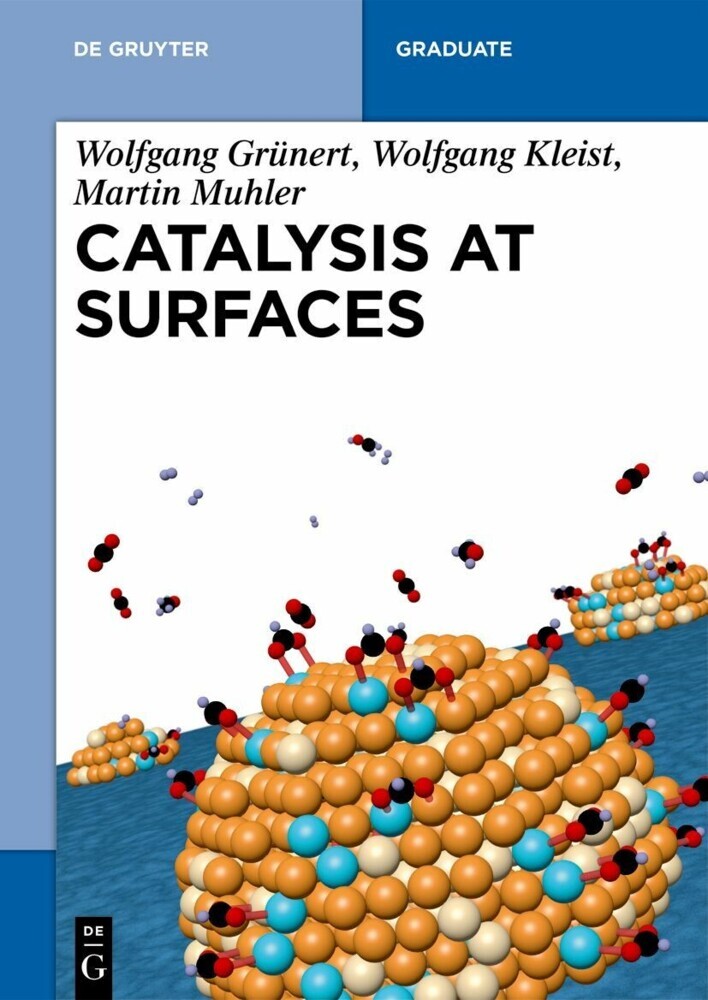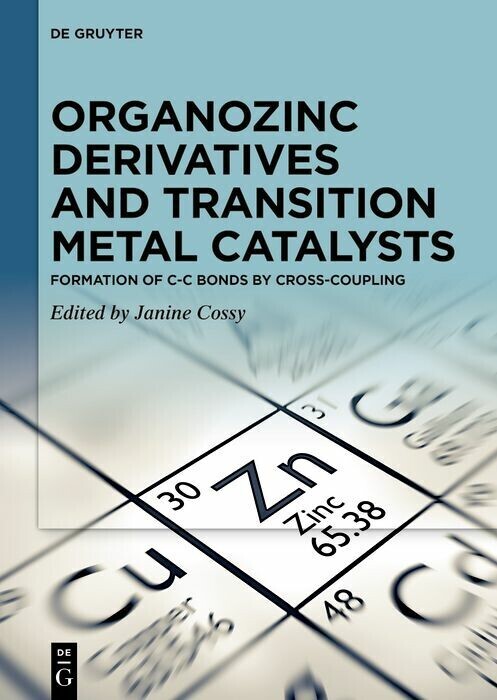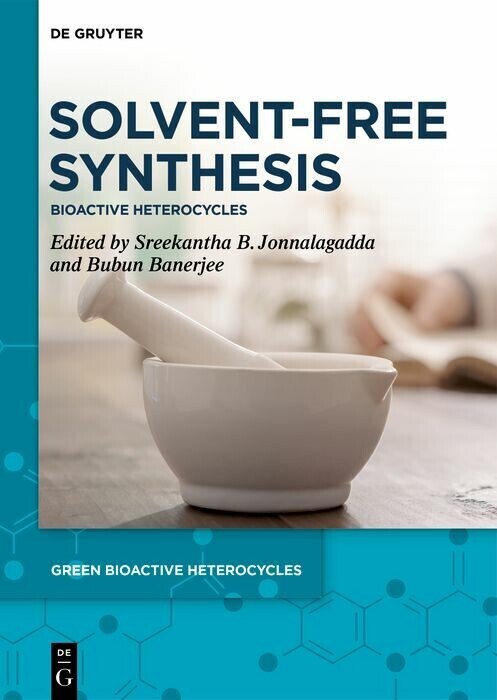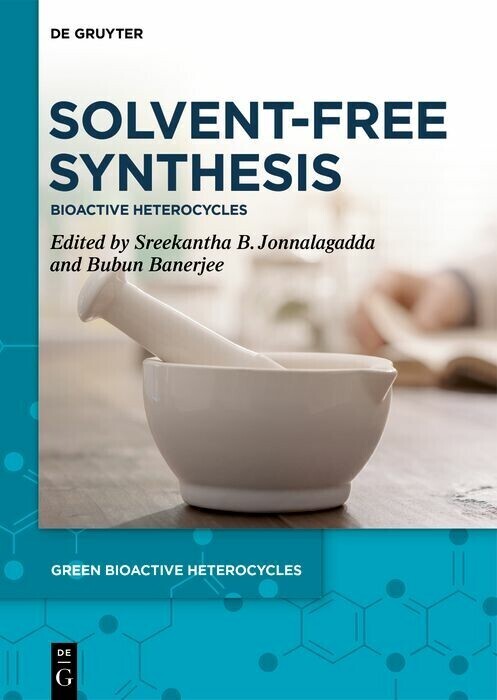Applied Homogeneous Catalysis with Organometallic Compounds
A Comprehensive Handbook in Four Volumes
Applied Homogeneous Catalysis with Organometallic Compounds
A Comprehensive Handbook in Four Volumes
The completely revised third edition of this four-volume classic is fully updated and now includes such topics as as CH-activation and multicomponent reactions. It describes the most important reaction types, new methods and recent developments in catalysis.
The internationally renowned editors and a plethora of international authors (including Nobel laureate R. Noyori) guarantee high quality content throughout the book.
A 'must read' for everyone in academia and industry working in this field.
Boy Cornils has worked at the Ruhrchemie AG in Oberhausen, Germany, where homogeneous catalysis started with the hydroformylation reaction found by Otto Roelen, and with the former Hoechst AG in Frankfurt, Germany. In both locations he was director of the research. He is editor of several bestselling titles.
Wolfgang A. Herrmann is president of the Technical University of Munich and has received several awards for his work in organometallic chemistry, like the Otto-Bayer Medal, the DFG Leibniz Award, the ACS Award in Organometallic Chemistry, Max Planck Research Award, the GDCh Wilhelm Klemm Award and many more. He has authored a plethora of publications and is the editor of numerous bestselling books.
Matthias Beller is director of the Leibniz-Institute for Catalysis and Professor for Catalysis at the University of Rostock. He has received several awards such as the Otto-Roelen Medal, the DFG Leibniz Award, the first European Prize for Sustainable Chemistry, the Emil Fischer Medal and the Wohler Prize of the German Chemical Society and the Gay-Lussac-Alexander-von-Humboldt Prize.
Rocco Paciello is a research manager at BASF SE in Ludwigshafen, Germany. After experience as a research chemist and assistant plant manager, he became responsible for the homogeneous catalysis group at BASF and has led it for the last fifteen years. The group is focused on finding new technical applications of transition metal catalyzed homogeneous catalysis, such as hydroformylations, carbonylations
and hydrogenations.
The internationally renowned editors and a plethora of international authors (including Nobel laureate R. Noyori) guarantee high quality content throughout the book.
A 'must read' for everyone in academia and industry working in this field.
Boy Cornils has worked at the Ruhrchemie AG in Oberhausen, Germany, where homogeneous catalysis started with the hydroformylation reaction found by Otto Roelen, and with the former Hoechst AG in Frankfurt, Germany. In both locations he was director of the research. He is editor of several bestselling titles.
Wolfgang A. Herrmann is president of the Technical University of Munich and has received several awards for his work in organometallic chemistry, like the Otto-Bayer Medal, the DFG Leibniz Award, the ACS Award in Organometallic Chemistry, Max Planck Research Award, the GDCh Wilhelm Klemm Award and many more. He has authored a plethora of publications and is the editor of numerous bestselling books.
Matthias Beller is director of the Leibniz-Institute for Catalysis and Professor for Catalysis at the University of Rostock. He has received several awards such as the Otto-Roelen Medal, the DFG Leibniz Award, the first European Prize for Sustainable Chemistry, the Emil Fischer Medal and the Wohler Prize of the German Chemical Society and the Gay-Lussac-Alexander-von-Humboldt Prize.
Rocco Paciello is a research manager at BASF SE in Ludwigshafen, Germany. After experience as a research chemist and assistant plant manager, he became responsible for the homogeneous catalysis group at BASF and has led it for the last fifteen years. The group is focused on finding new technical applications of transition metal catalyzed homogeneous catalysis, such as hydroformylations, carbonylations
and hydrogenations.
1;Applied Homogeneous Catalysis with Organometallic Compounds: A Comprehensive Handbook in Four Volumes;1 2;Contents;7 3;List of Contributors;17 4;Preface to the Third Edition;31 5;Chapter 1: Introduction;33 5.1;1.1 Historical Pathways;33 5.2;1.2 Topical Developments Since Year 2000;41 5.3;1.3 Organization of the Third Edition;43 5.4;1.4 Historical Glossary;45 5.5;References;50 6;Part A: Applied Homogeneous Catalysis;55 6.1;Chapter 2: Hydroformylation;57 6.1.1;2.1 General Aspects;57 6.1.2;2.2 Conventional Processes;58 6.1.2.1;2.2.1 Rhodium-Based Processes;58 6.1.2.1.1;2.2.1.1 History and General Remarks;58 6.1.2.1.2;2.2.1.2 Catalytic Systems;63 6.1.2.1.3;2.2.1.3 Syngas and Alternative Syngas Sources;72 6.1.2.1.4;2.2.1.4 Substrates and Hydroformylations;73 6.1.2.1.5;2.2.1.5 Conclusion and Outlook;95 6.1.2.2;2.2.2 Cobalt-Based Processes;95 6.1.2.2.1;2.2.2.1 Scientific Basis;95 6.1.2.2.2;2.2.2.2 Economical Applications;99 6.1.3;2.3 Aqueous-Phase Process;103 6.1.3.1;2.3.1 Fundamentals;103 6.1.3.2;2.3.2 Economics of the Process;106 6.1.3.3;2.3.3 Environmental Aspects;107 6.1.3.4;2.3.4 Conclusions;109 6.1.4;References;110 6.2;Chapter 3: Carbonylation;123 6.2.1;3.1 Carbonylation: Introduction and General Aspects;123 6.2.2;3.2 Carbonylation of Methanol and its Derivatives to Acetic Acid and Acetic Anhydride;125 6.2.2.1;3.2.1 History;125 6.2.2.2;3.2.2 Cobalt-Catalyzed Methanol Carbonylation;128 6.2.2.3;3.2.3 Monsanto Process;130 6.2.2.4;3.2.4 Hoechst Celanese Low-Water Acid Optimization® Process;132 6.2.2.5;3.2.5 BP Cativa® Process;135 6.2.2.6;3.2.6 Nickel-Based Catalysts for Acetic Acid;137 6.2.2.7;3.2.7 Eastman Acetic Anhydride Process;139 6.2.2.8;3.2.8 Non-rhodium-Based Catalysts for Acetic Anhydride;143 6.2.2.8.1;3.2.8.1 Nickel;143 6.2.2.8.2;3.2.8.2 Cobalt;145 6.2.2.9;3.2.9 Alternative Catalysts and Processes;146 6.2.2.9.1;3.2.9.1 Alternative Feeds;146 6.2.2.9.2;3.2.9.2 Ionic Liquid Solvent;147 6.2.2.9.3;3.2.9.3 Heterogeneous Catalysts;148 6.2.3;3.3 Alkyne Carbonylation;150 6.2.3.1;3.3.1 Introduction;150 6.2.3.2;3.3.2 Reductive Alkyne Carbonylations;151 6.2.3.2.1;3.3.2.1 Palladium Based Catalysts;152 6.2.3.2.2;3.3.2.2 Alternative Metals for Alkyne Carbonylation;157 6.2.3.2.3;3.3.2.3 Methoxycarbonylation of Propyne to MMA; A Case Study;158 6.2.3.3;3.3.3 Oxidative Alkyne Carbonylations;171 6.2.3.3.1;3.3.3.1 Di- and Tri-esters from Oxidative Carbonylation of Alkynes;171 6.2.3.3.2;3.3.3.2 Haloacrylates;174 6.2.3.3.3;3.3.3.3 Methoxyacrylates;174 6.2.3.3.4;3.3.3.4 Alkynoates;174 6.2.3.4;3.3.4 Conclusions;176 6.2.3.5;Acknowledgments;177 6.2.4;3.4 Aryl-X and Related Carbonylations;177 6.2.5;3.5 Transition Metal-Catalyzed Oxidative Carbonylations;181 6.2.5.1;3.5.1 Introduction;181 6.2.5.2;3.5.2 Oxidative Carbonylation of Amines and Alcohols;182 6.2.5.3;3.5.3 Conclusions;188 6.2.6;3.6 Alternating Copolymerization with Carbon Monoxide;188 6.2.6.1;3.6.1 Introduction;189 6.2.6.2;3.6.2 Radical Copolymerization of Ethylene with CO;190 6.2.6.3;3.6.3 Metal Catalysts Used for the Ethylene/CO Copolymerization;190 6.2.6.3.1;3.6.3.1 Reaction Mechanism;191 6.2.6.3.2;3.6.3.2 Ligands Employed for the Alternating Copolymerization of Ethylene and CO;191 6.2.6.3.3;3.6.3.3 Non-alternating Copolymerization of Ethylene and CO;194 6.2.6.4;3.6.4 Tacticity Control in the Alternating Mono-substituted Ethene/CO Copolymerization;196 6.2.6.4.1;3.6.4.1 Isotactic Poly(propylene-alt-CO);198 6.2.6.4.2;3.6.4.2 Syndiotactic Poly(styrene-alt-CO);200 6.2.6.4.3;3.6.4.3 Isotactic Poly(styrene-alt-CO);200 6.2.6.5;3.6.5 Copolymerization of Functionalized Olefins with Carbon Monoxide;201 6.2.6.5.1;3.6.5.1 Copolymerization of Olefins Possessing a Functional Group at a Remote Position with CO;202 6.2.6.5.2;3.6.5.2 Copolymerization of Fundamental Polar Vinyl Monomers with CO;203 6.2.6.6;3.6.6 Copolymerization of Imines with Carbon Monoxide;204 6.2.6.7;3.6.7 Conformational Studies and Crystal Structures of the Polyketones;205 6.2.6.8;3.6.8 Chemical Transformations of Polyketones;2
Cornils, Boy
Herrmann, Wolfgang A.
Beller, Matthias
Paciello, Rocco
| ISBN | 9783527651764 |
|---|---|
| Artikelnummer | 9783527651764 |
| Medientyp | E-Book - PDF |
| Auflage | 3. Aufl. |
| Copyrightjahr | 2017 |
| Verlag | Wiley-VCH |
| Umfang | 1872 Seiten |
| Sprache | Englisch |
| Kopierschutz | Adobe DRM |

